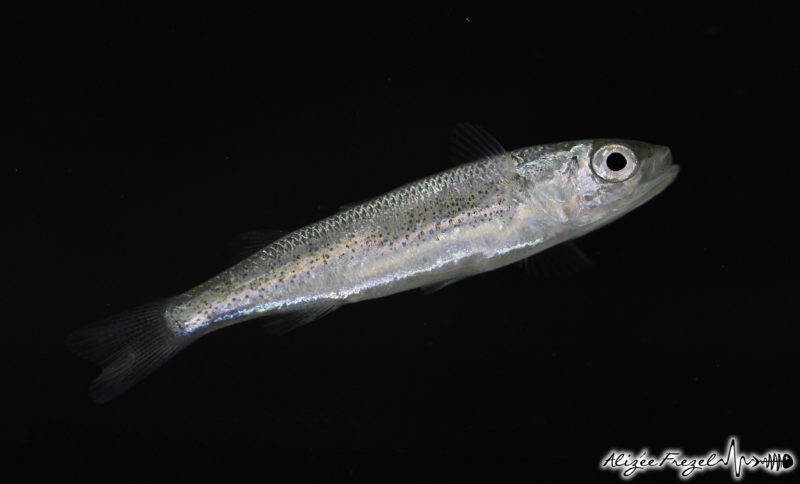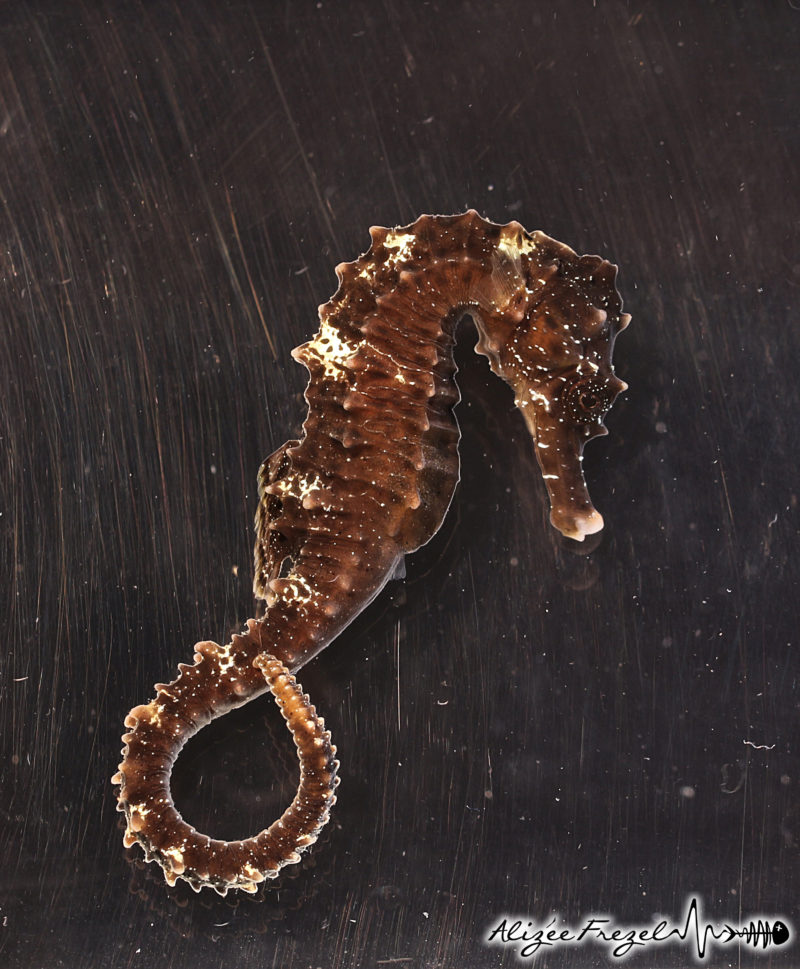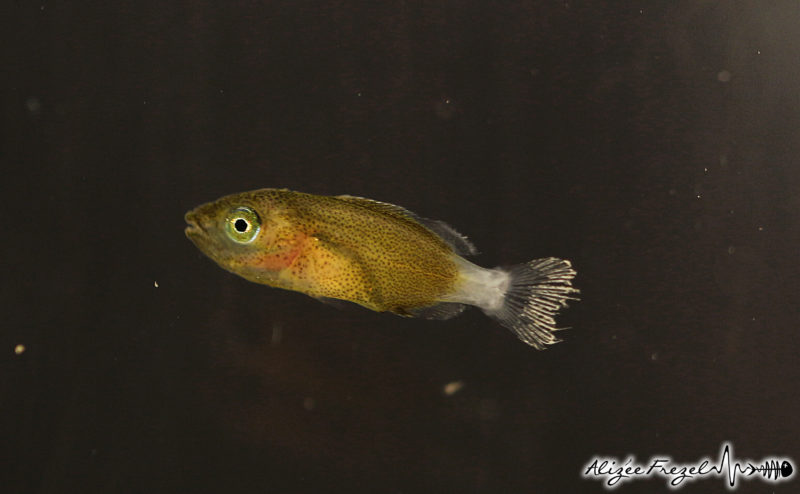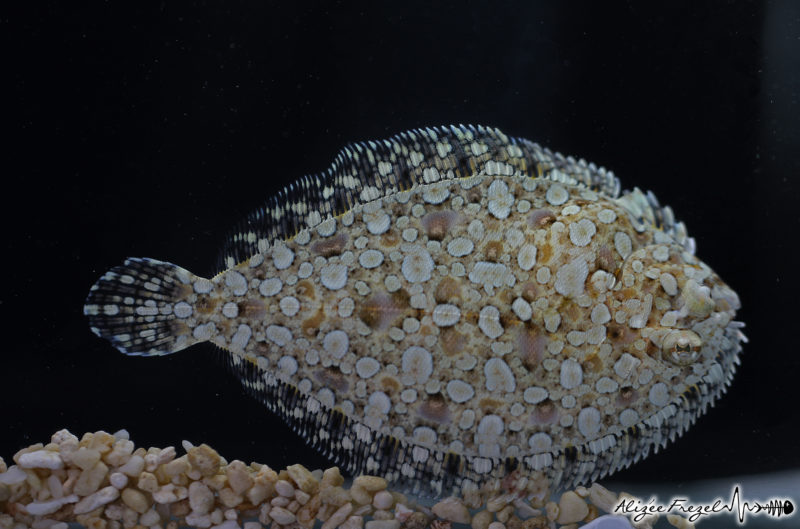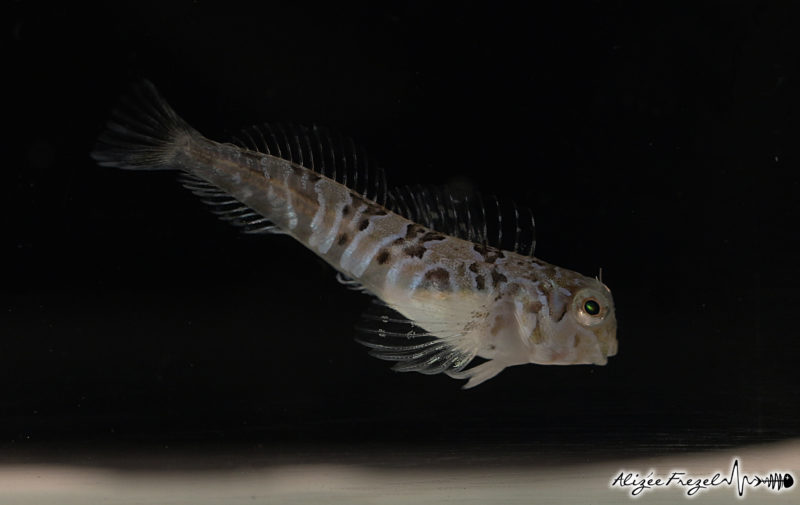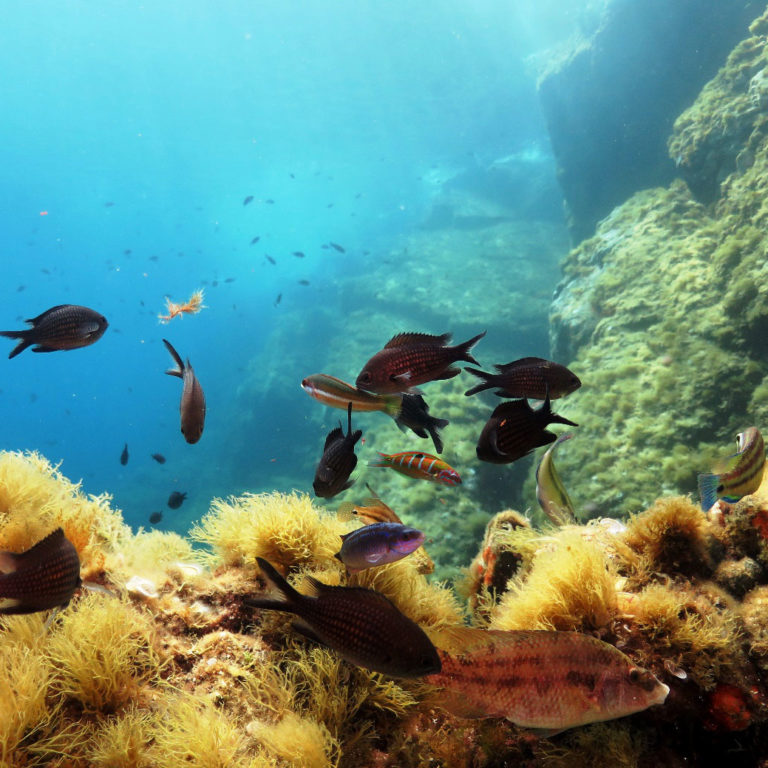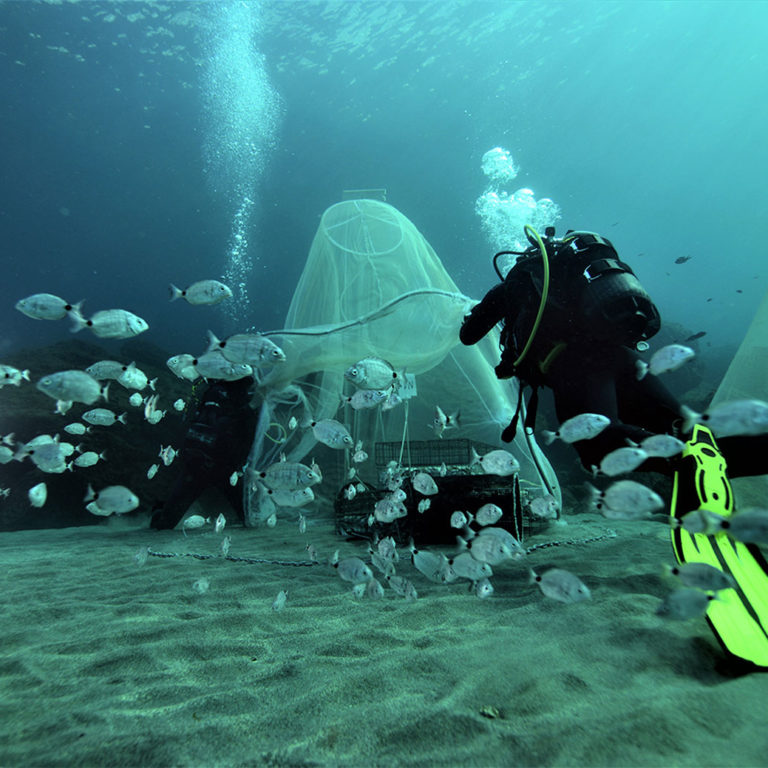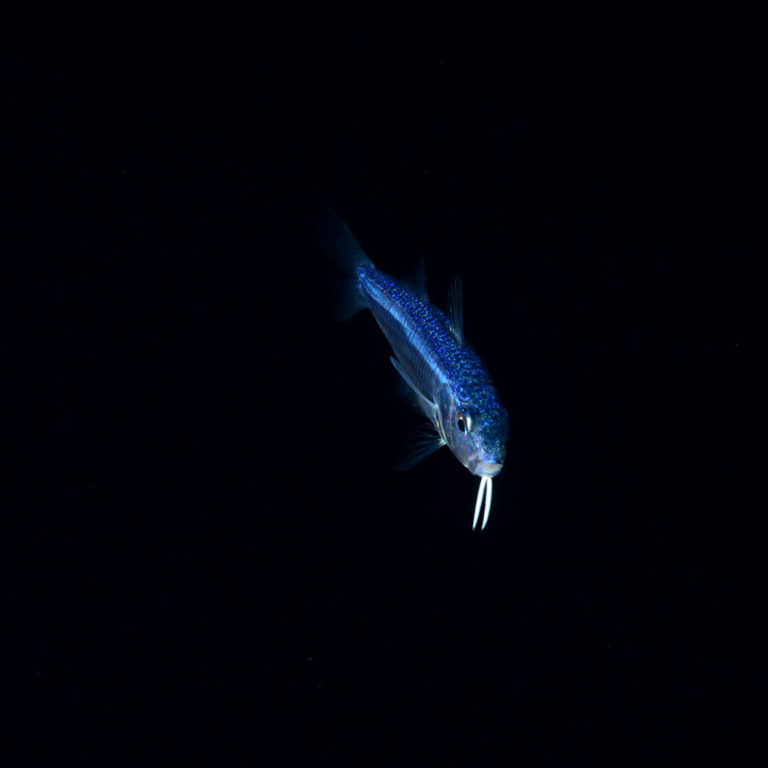
Diagnostic uses
An integrated fisheries management tool for the monitoring of marine biodiversity
The bony fish life cycle involves an oceanic dispersal phase, suggesting significant marine biodiversity at the larval stage. This oceanic phase allows a species to colonize new habitats and promote connectivity between populations, and therefore contributes to the preservation of the species.
Upon reaching the final stage of the oceanic phase, that of post-larvae,
individuals become active (phase of competence), and move to their coastal habitats to settle permanently during the nights around the new moon (colonization phase). During this colonization, mortality is very high. It is estimated that over 95% of post-larvae disappear at the time of arrival at the coastal habitat, due to high predation, pollution, physiological changes and habitat degradation, thus reducing biodiversity.
Some crustaceans (including shrimp, lobsters and crabs) and some cephalopods (octopus and cuttlefish) have a similar life cycles and are regularly caught in our fishing gear. Finally, multitudes of diverse and varied zooplankton (copepods, mysids, worms, isopods, etc.) are also captured alive.
This tool seems to be adapted to the study of freshwater biodiversity.
Better understand the larval phase in the life cycle of marine species
PCC is an excellent tool to study and understand this little-known part of the life cycle of coastal marine species. Thanks to Ecocean’s industrialisation of the post larvae capture processes, complete with timing devices if needed, PCC can be used in any marine environment for research & monitoring of planktonic biodiversity.
Applications
Offers a variety of new applications
Ecocean’s technology and know-how allows researchers and fisheries managers to identify which species return to colonize the coastal habitat, as well as when and in what numbers they arrive to reinforce the established populations. The capture devices are adapted to sampling in different locations, which can provide valuable and otherwise unobtainable information about the connectivity and dynamic of populations.
Ecocean’s innovative PCC technology opens up a whole range of new opportunities for marine scientific research and data collection.
This will be of great interest to research laboratories
working in a variety of areas such as :
Fishing stock estimation for coastal demersal species
If the quantity of post larvae is insufficient, the population cannot be fully renewed. Currently, detection of any decline in population relies on observing the quantity of adult fish over time, by which time it is often too late to take any corrective action. PCC makes it possible to detect any decline in population after only a single reproductive cycle, and thus manage the situation immediately and effectively. Potential applications include quantitative indicators of recruitment which can act as early warning systems, and also qualitative indicators of the state of conservation of the marine environment obtained through measuring the integration of the entire fish population.
Biodiversity monitoring and inventory
PCC frequently captures species present as post larvae which are not known to be present as adults in the environment (e.g. rabbitfish post larvae are regularly caught on Réunion Island). This shows that species data obtained through PCC is more comprehensive than “classic” census methods, and that some species arrive but do not find – or no longer find – their habitat to develop. It may also indicate that they are invading the area!
Marine Protected Areas (MPA)
An MPA can act as a reference model for “normal” population conditions within an ecosystem. The abundance and diversity of species that recruit around a control “MPA observatory” can be compared with less rich or degraded areas. Analysis of post larvae recruitment rates allows accurate comparison of two or more MPAs (in terms of efficiency) or comparison of a reference area with a degraded area.
Analyse connectivity
A study of otoliths and DNA sequencing of captured post larvae provides detailed and accurate knowledge of the dynamics of marine animal populations. Research into the connectivity between marine populations is a rapidly growing specialization, which seeks to enable better estimates of the effectiveness of MPAs and, more generally, a greater understanding of the overall marine ecosystem.

